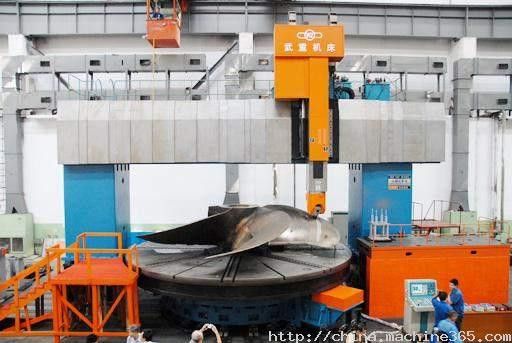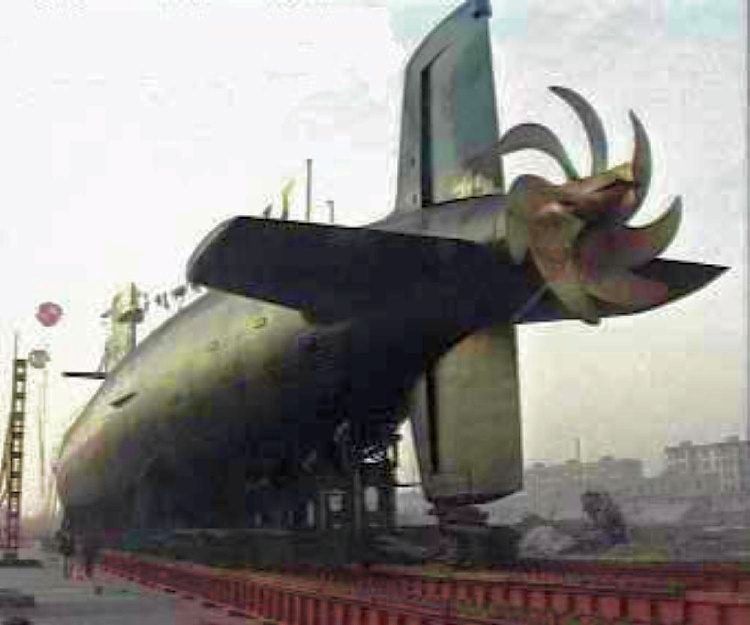Re: Cavitation
Further on cavitation:
It became a problem in naval architecture with the high speed torpedo boats of around 1900. Cavitation destroyed the tips of the propellers and sometimes the skin of the hull nearby. Later it also became a problem with other fast vessels and even while it not yet damaged the hull sailors with berths near the propellers couldn't sleep from the noise.
Submarines might be troubled when using their diesels but when dived and using there e-motors their was no chance of cavitation. When submarines started using snorkels it also became a problem in tactical situations. The snorkel was invented in the late thirties , one of the Dutch boats that escaped to England in May 1940 was equipped with one, but only when Germany started using them when attacking convoys in the North Atlantic with the use of snorkels did it become a problem. That is more than ten years before the appearance of nuclear powered boats.
Further on cavitation:
It became a problem in naval architecture with the high speed torpedo boats of around 1900. Cavitation destroyed the tips of the propellers and sometimes the skin of the hull nearby. Later it also became a problem with other fast vessels and even while it not yet damaged the hull sailors with berths near the propellers couldn't sleep from the noise.
Submarines might be troubled when using their diesels but when dived and using there e-motors their was no chance of cavitation. When submarines started using snorkels it also became a problem in tactical situations. The snorkel was invented in the late thirties , one of the Dutch boats that escaped to England in May 1940 was equipped with one, but only when Germany started using them when attacking convoys in the North Atlantic with the use of snorkels did it become a problem. That is more than ten years before the appearance of nuclear powered boats.


